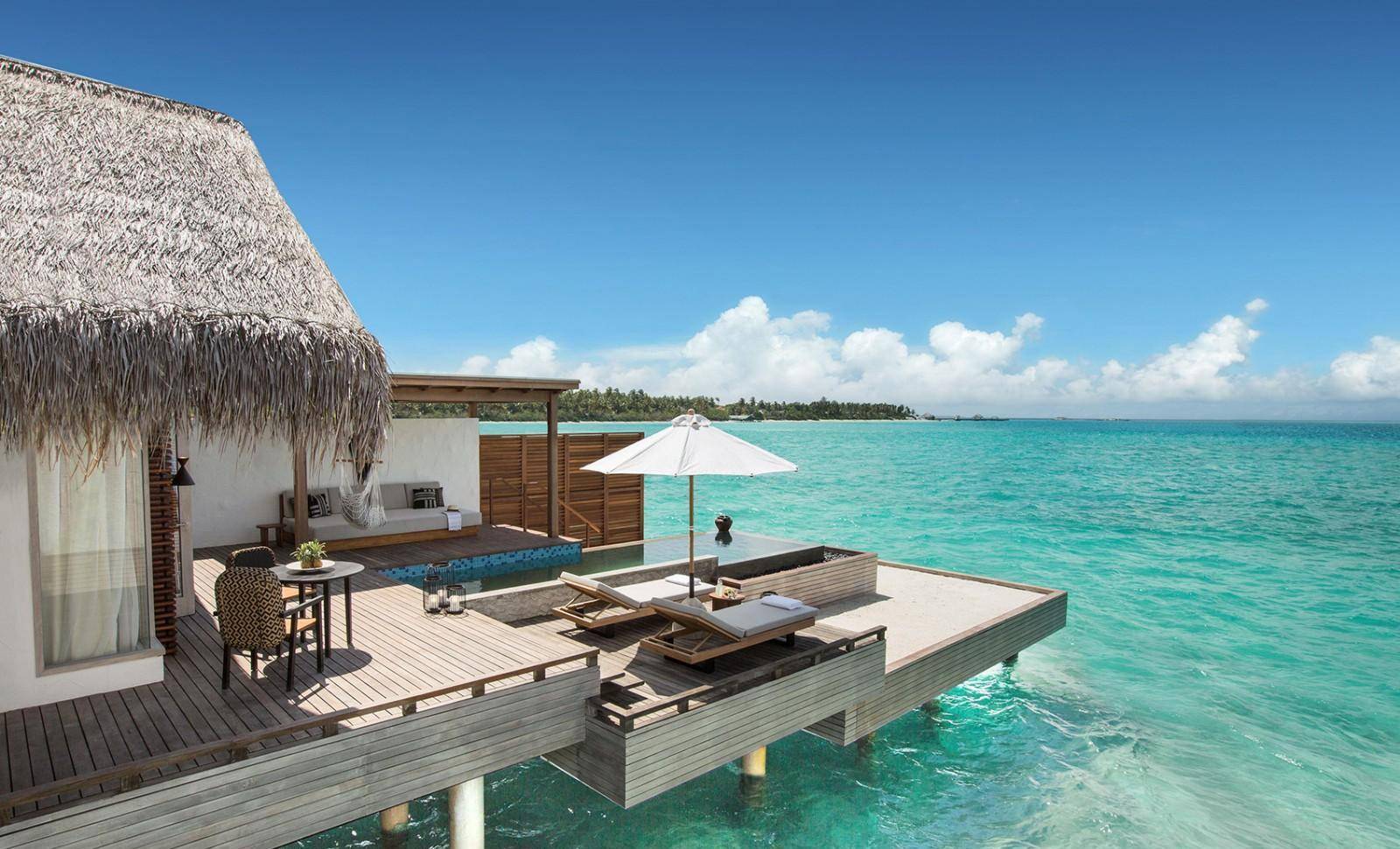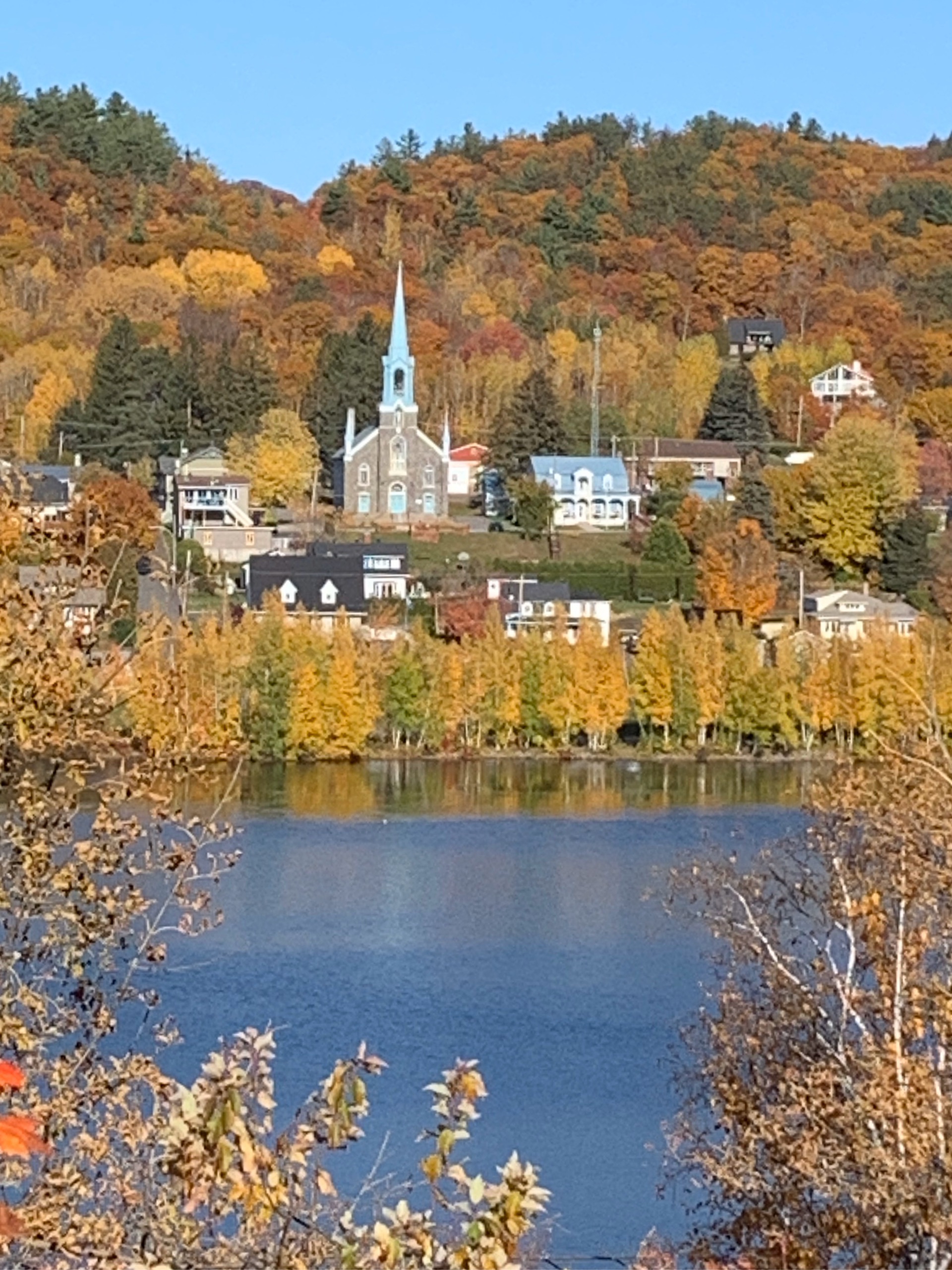Global Travel Information
Ngorongoro Crater, Tanzania
The Unfolding Miracle: A Journey into Tanzania's Ngorongoro Crater
There is a place on Earth that defies simple classification. It is not merely a destination but a profound experience, a living diorama of nature’s grandeur and fragility. To descend into the Ngorongoro Crater in northern Tanzania is to step through a geological portal into a world both primeval and timeless. This is not a landscape that simply exists; it breathes, pulses, and tells a story millions of years in the making. It is a sanctuary, a stage, and a stark reminder of the delicate balance that sustains life.
The story of Ngorongoro begins not with life, but with catastrophic, world-altering death. Approximately two to three million years ago, a colossal volcano, thought to have been taller than Kilimanjaro, stood here. Its reign ended in a cataclysmic eruption so violent that it emptied its magma chamber entirely. Bereft of its foundational support, the giant cone collapsed in on itself, creating a caldera—a vast, sunken bowl. This event, an act of incredible destruction, ironically forged one of the most fertile and life-sustaining environments on the planet. Today, the crater stretches over 260 square kilometers, with walls rising 600 meters from the floor, creating a natural enclosure that has become a self-contained universe.
Driving down the steep, winding road from the crater rim is a transition through ecosystems. The cool, misty air of the highland forest, dense with prehistoric-looking ferns and towering fig trees, gradually gives way to the warmer, drier air of the crater floor. As you emerge from the forest line, the panorama that unfolds is nothing short of breathtaking. It is a vast, golden-green plain dotted with acacia trees, shimmering lakes, and swampy marshes, all set against the dramatic, forested walls that hold it all in. This is the stage, and the players are the 25,000 large animals that call this crater home.
Ngorongoro’s most celebrated resident is undoubtedly the Black Rhinoceros. This prehistoric relic, critically endangered and fiercely protected, is one of the crater’s greatest conservation success stories. Spotting one of these magnificent beasts, with its armoured plating and formidable horn, grazing peacefully in the open grassland is a heart-stopping moment, a direct glimpse into a past largely lost to the rest of the continent. They share their enclosed world with a staggering density of other mammals. Towering herds of Cape buffalo move like a dark, rumbling tide across the plains. Prides of lion, well-fed and seemingly lethargic in the midday sun, reign as the undisputed apex predators, their numbers bolstered by the abundance of prey.
The crater is also a haven for the gentle giant, the African elephant. While larger herds roam the wider Serengeti ecosystem, the crater’s bulls, with their immense, worn tusks, are iconic presences, often seen methodically stripping bark from acacia trees or bathing in the marshes. Hippos grunt and bellow in the soda lakes, their lazy surface floating belying a surprising territorial ferocity. And everywhere, there are zebras and wildebeest. Their endless grazing shapes the landscape itself, their hooves tilling the soil and their movements a constant, gentle flow of life. The crater does not host the dramatic migratory river crossings of the Serengeti, but rather a permanent, resident population that enjoys a year-round feast.
This incredible density of life is sustained by a delicate and intricate ecosystem. The fertile volcanic soil supports lush grasses. Freshwater springs, fed by aquifers in the crater walls, feed into permanent marshes and the shimmering Lake Magadi, a shallow alkaline lake that paints the crater floor a brilliant white. This lake is a spectacle in its own right, often carpeted with thousands of flamingos. From a distance, they appear as a hazy pink smear across the landscape; up close, they are a ballet of elegant necks and synchronized feeding, filtering algae from the saline waters, their colour a direct reflection of the health of this unique environment.
Yet, this paradise is not without its challenges and paradoxes. The very walls that protect the animals also create a confined space. For species like the elephant, gene pool isolation is a long-term concern. For predators, territorial disputes can be intense. The presence of the Maasai people adds another complex and beautiful layer to this ecosystem. The Maasai are the only humans permitted to live within the Ngorongoro Conservation Area, a UNESCO World Heritage Site that uniquely prioritizes a balance between people and nature. They herd their cattle along the crater rim, their vibrant red shukas a stark contrast to the green landscape. Their traditional, pastoralist lifestyle has, for centuries, coexisted with the wildlife, though modern pressures on land and resources present ongoing challenges for conservationists.
A day in the crater is a sensory overload. It is the sight of a serval cat poised to pounce in the long grass. It is the sound of a thousand grunting wildebeest and the haunting call of a fish eagle soaring overhead. It is the smell of dust, of wild sage, and of approaching rain. It is the thrill of watching a cheetah survey the plains from a termite mound lookout and the quiet awe of witnessing a hyena family playing at the entrance to their den. As the sun begins to set, casting long shadows and painting the crater walls in hues of orange and purple, the animals begin to settle. The lions stir, preparing for the night’s hunt. The air cools, and a profound silence begins to descend, broken only by the crickets and the distant whoop of a hyena.
To leave Ngorongoro is to feel you are leaving a world behind. As you ascend the crater wall, the microcosm shrinks below you, once again becoming the perfect, contained bowl it appears on a map. But its memory does not fade. It remains etched in the mind not just as a collection of incredible wildlife sightings, but as a holistic, powerful feeling. The Ngorongoro Crater is a testament to resilience—of nature reborn from fire, of species clinging to survival, and of a culture adapting to preserve its heritage. It is a perfect, fragile, thriving ecosystem, a single, breathtaking chapter in Earth’s grand story, and one we are privileged to read.

相关文章
- Elbe River Guide: Top Scenic Spots to Visit in 2025
- Best Time to Visit Elbe River: Seasonal Tips for Travelers
- Elbe River Cruise Routes: From Hamburg to Dresden
- Elbe River Hiking Trails: Scenic Paths Along the Waterway
- Elbe River Length & Source: Key Geographic Facts
- Cities Along Elbe River: Must-See Destinations in Germany
- Elbe River Historical Significance: Key Events Through Time
- Elbe River Water Level Today: Real-Time Updates for Boaters
- Elbe River Cycling Routes: Explore by Bike This Year
- Elbe River Wildlife Watching: Where to Spot Birds & Animals
发表评论
评论列表
- 这篇文章还没有收到评论,赶紧来抢沙发吧~


